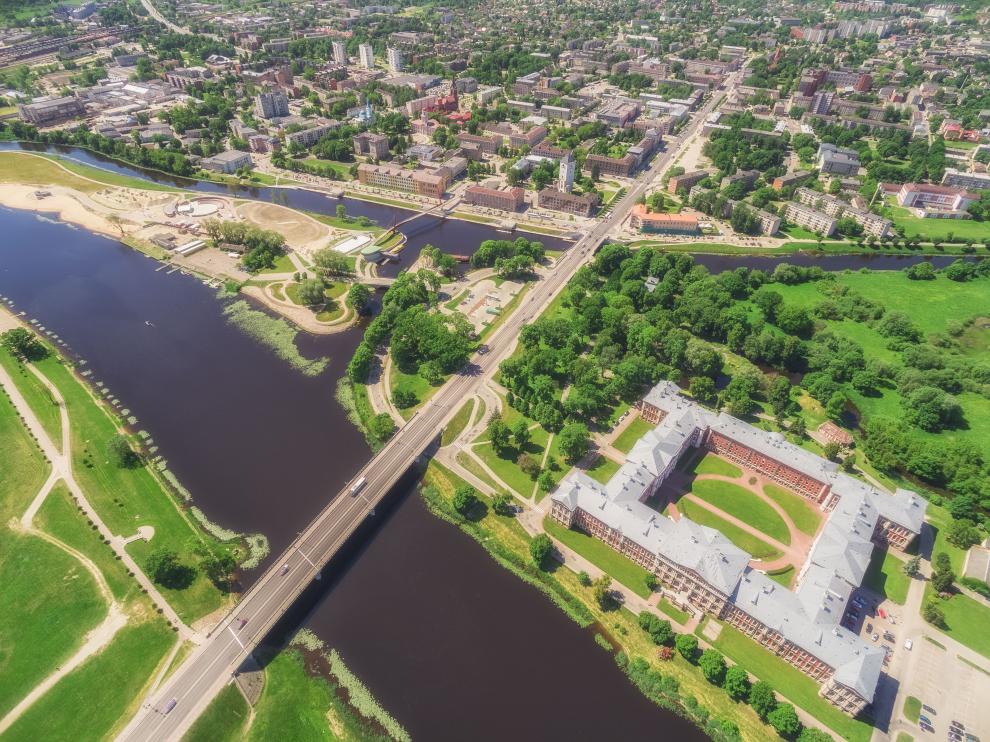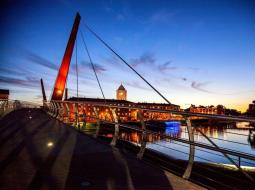Thessaloniki gets ready for its metro launch in November
The underground rapid transit lines have been under construction for almost two decades due to various project delays
 TheMayor.EU logo
TheMayor.EU logo 
In written sources Jelgava was mentioned for the first time in 1265, when Master of the Livonian Order Konrad von Mandern ordered construction of a castle for German knights on the island between the rivers Lielupe and Driksa.
In 1573 Jelgava acquired the rights of the city and the Coat of Arms. The ancient name of the city was "Mītava", which originated from words "mīt, mainīt" (to change, to exchange).
The city has always been one of the national centres of economy, culture and education.
Jelgava is the fourth largest city in Latvia with over 61 thousand inhabitants. Jelgava is the administrative centre of the Zemgale region. The city is developing as an industrial centre of Latvia – located in the middle of country, 40 km from the capital city and connected to all of the main logistic transits. Jelgava is a smart city with the largest and most developed operative information centre in Baltics with 24/7 data monitoring of city infrastructure, traffic flow and safety of inhabitants.
Jelgava is an economically developed centre of knowledge, technologies and innovations, education, culture, tourism and sports and a logistics centre of national and international importance. The city’s priority is high value industry with modern technologies and solutions, education program development and creation of new work places. The main manufacture fields are woodworking (21%), machinery and metalworking (17%), food production and processing (8.4%) and plastic processing (4%). In Jelgavas is located one of the largest reconstructed industrial parks in Latvia - “NP Jelgava Business Park” with total area of 23 ha, offering rental space that exceeds 70 000 sq. m.

Jelgava is located in the middle of Latvia. Through the city two rivers flow- Lielupe and Driksa. One of the city’s most significant architecture monuments is Jelgava palace, which is former residence of Courland and Zemgale dukes, now the house of Latvia University of Agriculture. Jelgava Palace is the largest Baroque style palace in the Baltic States, the greatest work of famous Russian court architect Bartolomeo Rastrelli and one of the few cultural monuments left in Jelgava.
One of the city’s most impressive landmarks is the restored Jelgava Holy Trinity Church Tower. It belonged to one of the first Lutheran masonry churches built in Europe, and the first masonry building in Jelgava. The church was the largest one in Semigalia and housed a German congregation.
Jelgava is a city of festivals, known by its International Ice Sculpture Festival, one of the largest in Baltics, City Festival with the longest city walks in the country, Sand Sculpture Festival and Milk and Honey Festival with milk carton boat regatta.